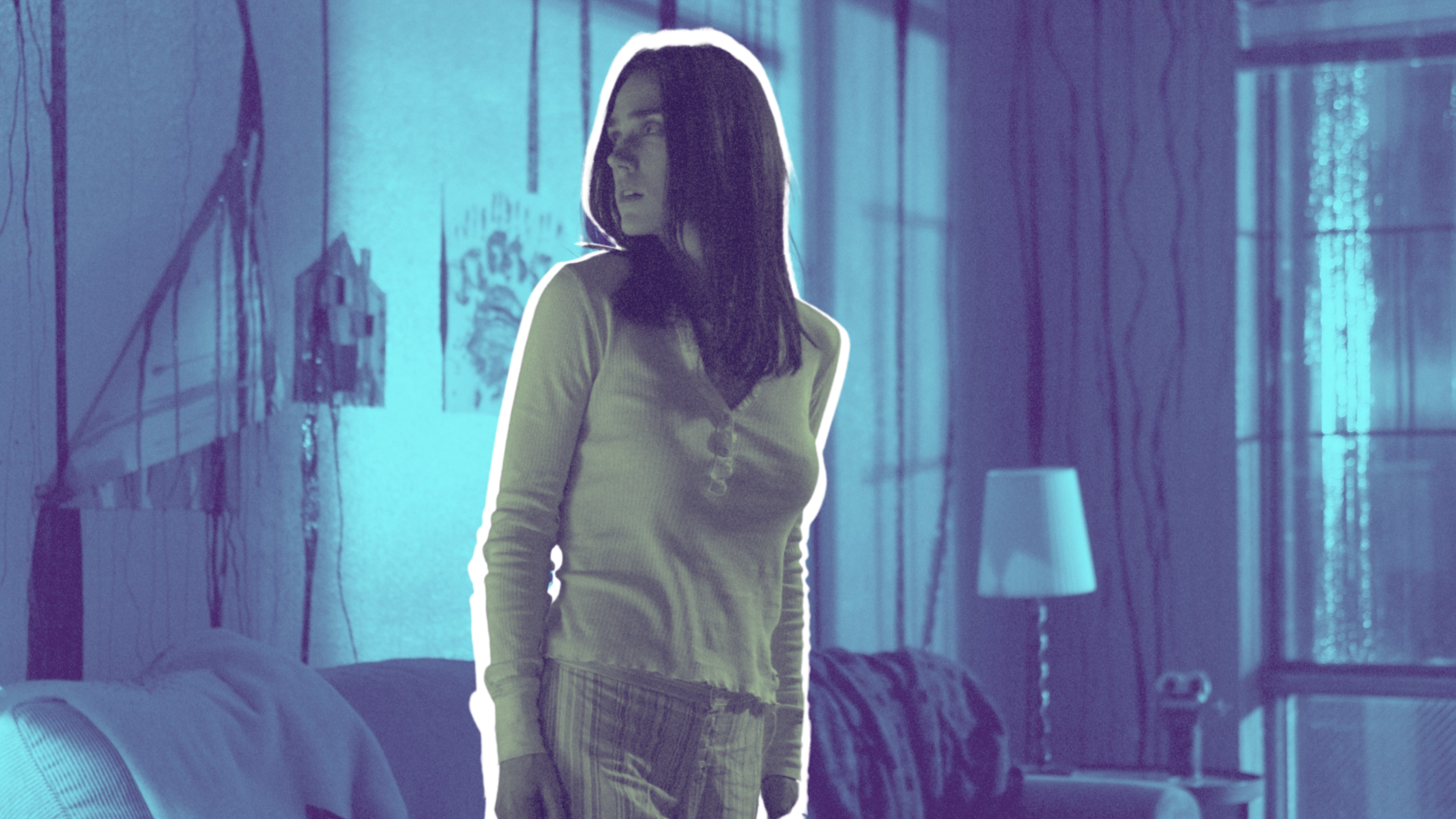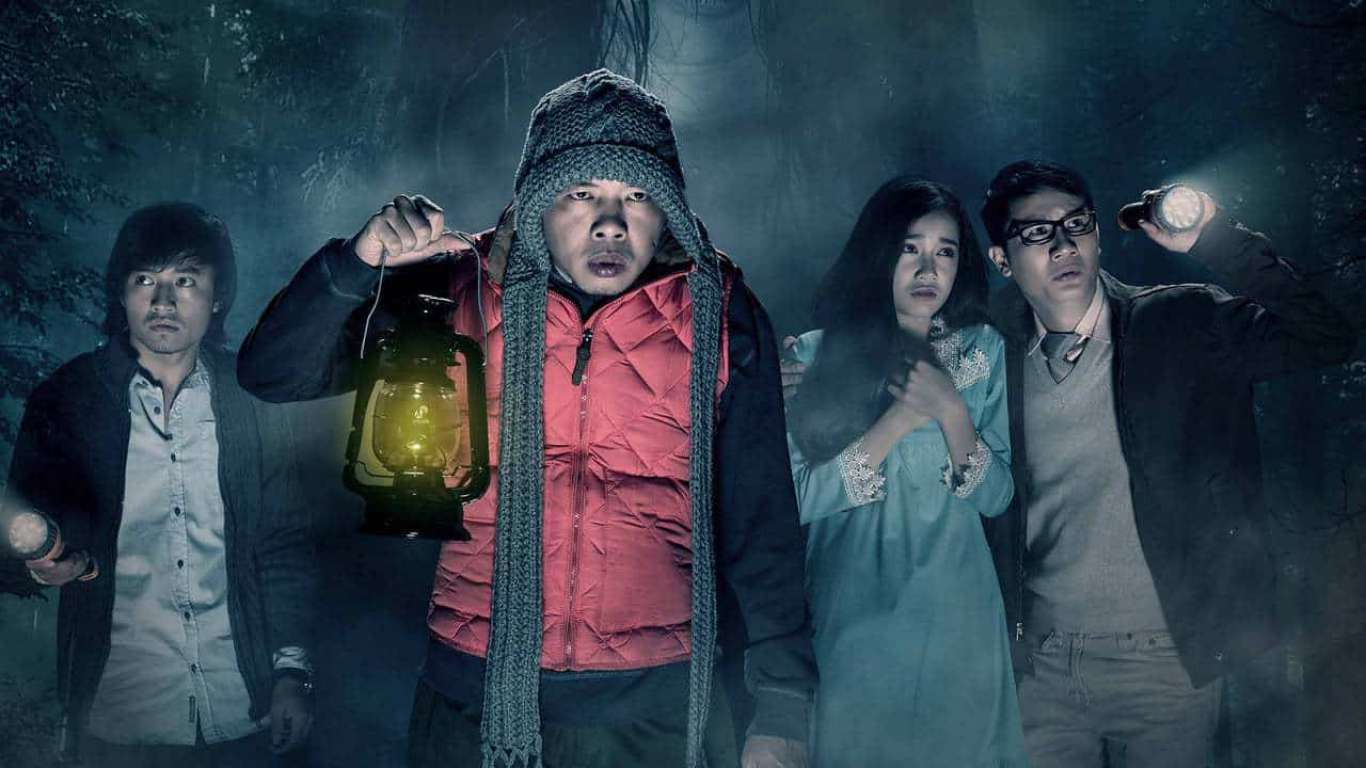Editorials
The ‘Dark Water’ Remake Trades Ghosts for Neuroses
July 27th, 2021 | By Nguyen Le

Despite Jennifer Connelly, Brazilian filmmaker Walter Salles, and mega-producer Roy Lee, 2005’s Dark Water proved to be inferior. The English adaptation of Ringu writer Kōji Suzuki’s short story—the first in his 1996 water-centric collection—received a paltry reception; reviews included descriptors like “boring,” “failure,” and “dank.” The harshest voices belonged to those who could still remember the 2002 Japanese hit film from Ringu director Hideo Nakata. The film did recoup its budget, but people who wanted Asian horror to place a restraining order on Western producers had found their new Exhibit A.
Although, to be fair, 2005 was a different time. Then, audiences expected Asian horror remakes to introduce new horror figures to rival the masked killers roaming all-American farms and suburbs. For Dark Water, as with The Ring and The Grudge that came before—heck, let’s even count The Ring Two—the fear factor was expected to be high. Subtler forms of the sensation defined as “painful and intense fear, dread, or dismay” were either unpopular or not universal. Sixteen years ago, we didn’t share this consideration that what rattles us could be emotional and internal, bearing more resemblance to chemical upsets than physical contortions.
The marketing of this new Dark Water—especially the bombastic, lullaby-underlined trailer—did not consider the vision of Salles and company, chief among them writer Rafael Yglesias. As a result, it played a big part in dooming the film, morphing a unique (and nowadays resonating) perspective into a perceived defanging.
Being indoors this past year has given us plenty of hours to look inward and be aware of generally quiet thoughts—wishes and worries, dreams and doubts. Since we can’t leave or do so with carefreeness, there is no natural outlet for them. Walls—literal or otherwise—would bounce these thoughts around, allowing them to linger like ghosts. Those in the apartment that mother Dahlia (Connelly) and daughter Ceci (Ariel Gade) share are given the same function, making the primary setting in the U.S. version a more prominent role than that in the original.
Ceci’s comment on Roosevelt Island not being a part of the city is no throwaway line—it’s the preface for the extreme solitude Dahlia is letting into her life during the divorce proceedings. Salles also gets to explore the uncertainty of being a capable mother and the need to not be a ghost to your children. Nakata’s version does touch on this, but he emphasizes Mitsuko (Mirei Oguchi), the forgotten girl who drowned in the rooftop water tank and became a yūrei. This allowed Nakata to produce some of J-horror’s most potent images; neither filmmaker has the wrong answer here.
Salles’ perspective, in turn, has the damp patch on 9F’s ceiling serving more as a psychological trigger than a supernatural invasion. The film also keeps Dahlia alone; all men except the attorney Jeff (Tim Roth) are dismissive, and her friend Mary (Jennifer Baxter) is only reachable by phone. This introduces the notion that Dahlia would blame herself first should something happen to Ceci. Nakata’s film would do the same, even if it’s more direct in its finger-pointing at the ghost.
Salles and Yglesias have the patch at its largest and darkest when she can’t locate Ceci after the young girl was discharged. They also have the walls giving voice to her doubts. “I can’t be her mother! I don’t know how to be myself,” Dahlia cries before lashing out. The audience hears the screeching of the migraine and the resentful words of her alcoholic mother (Elina Löwensohn). This is Dark Water’s central horror set-piece and Dahlia’s ultimate fear, one her soon-divorcing husband Kyle (Dougray Scott) is eager to unearth for the mediators.
In their portrayal of this inner fear, Salles and Yglesias give prominence to the male roles Nakata’s film glosses over: the husband, the lawyer Platzer, the realtor (Murray, John C. Reilly), and the building manager (Veeck, Pete Postlethwaite). While they make sense of the relocation by giving the thoroughly sepia New York a lived-in feel—as The Ring did after moving Ringu to Washington—they also decenter Dahlia in the story.
This makes the motif of loneliness more tangible in the remake. Platzer uses his never-seen family as an excuse; Veeck is only ever one call away from unemployment. Yoshimi rarely encounters these subplots in the original version, and when she does, she promptly retakes center stage. The crowded nature of Salles’s adaptation introduces a layer to the story’s mother character, one that might appeal to Western viewers as a form of rationalization. Dahlia’s emotional scars have become a contributing factor to the haunting.
“You’re insane!” Kyle yells at Dahlia at the top of his lungs in front of the mediators. “I don’t know who or what pressed your wacko button today.” One of the starkest differences between the two versions of Dark Water is the presentation of mental health and events influencing it. In Salles’ film, there are no whispered tones and private spaces to discuss them. This openness both gives Salles’ film a chance to meld supernatural happenings in the apartment with the frail condition of Dahlia and highlights the contrast in the mothers’ coping mechanism. In the original movie, Yoshimi would use silence and endurance; Dahlia turns to pills and, as she underscores in a job interview, insurance.
This detail may be minor, but it’s quite chilling since it can reflect health in the respective countries in reality. Yoshimi’s Japan recently saw an uptick in women suicides and has a dedicated name for death from overworking (karoshi). Dahlia’s U.S. can always turn drugs into head-scratching debates and introduce stories of uneven access to show for it.
Ultimately, an inferior remake would not prompt any thought about the quality of the movie or about the topics relating to the new grounds it may cover. Salles’ Dark Water might be light on conventional “boos!,” and its leanings more toward the psychological and emotional, but that doesn’t mean it’s horror-free. There’s more than one way to guide people to fear. And it shuffled down a different route, one that mainstream audiences were ill-prepared to travel.
Visit our Editorials page for more articles like this. Ready to support more original horror criticism? Join the Certified Forgotten Patreon community today.


